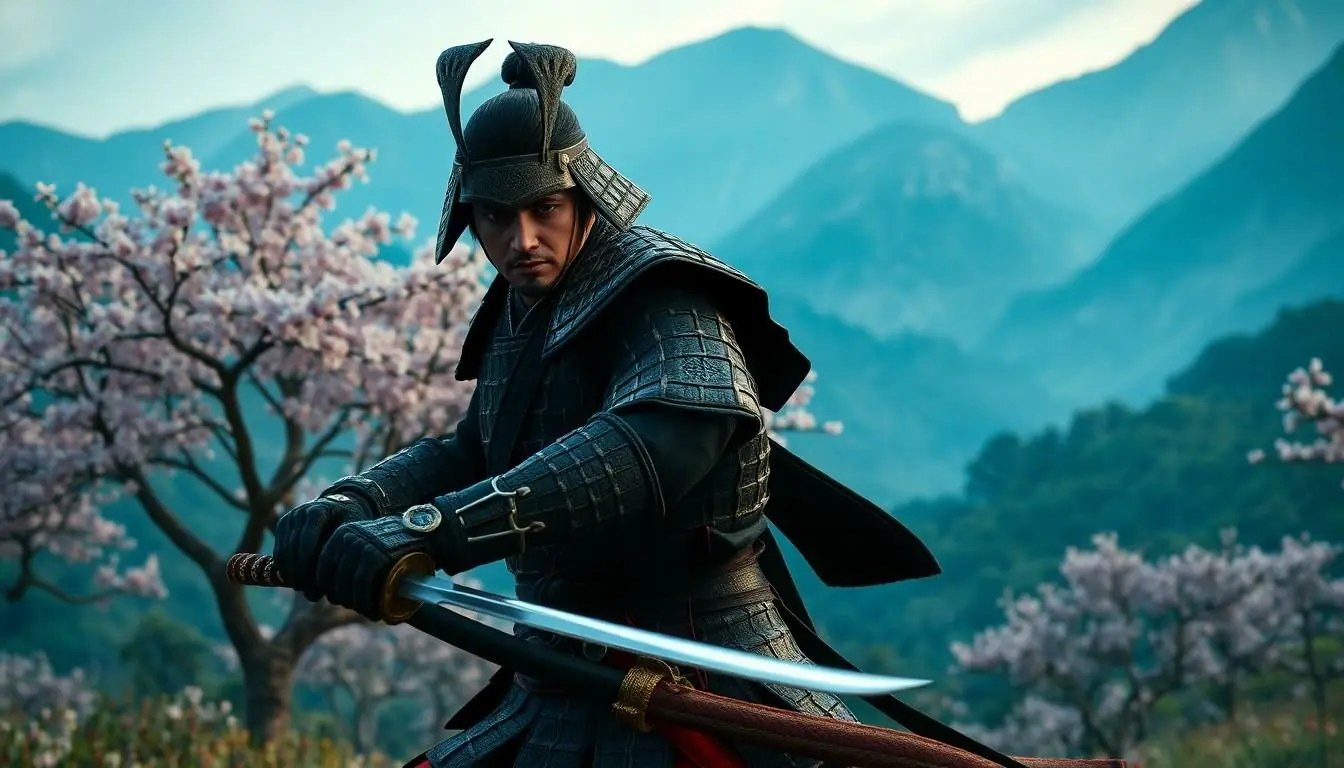In the vast world of Ghost of Tsushima, players face a crucial choice: how challenging do they want their samurai journey to be? With multiple difficulty levels, this game caters to both seasoned warriors and casual players, ensuring everyone can experience the beauty of Tsushima in their own way. Whether players want to slice through enemies like a hot knife through butter or engage in a nail-biting duel that tests their every reflex, there’s a setting for that.
Table of Contents
ToggleOverview of Ghost of Tsushima Difficulty Levels
Ghost of Tsushima offers five distinct difficulty levels, allowing players to customize their gaming experience. Each level adjusts factors such as enemy strength, damage dealt, and enemy awareness. The easiest setting, called “Easy,” provides a relaxed experience, perfect for newcomers or those wanting to explore the narrative without intense challenges.
“Normal” difficulty strikes a balance between combat challenge and storytelling. Players encounter tougher enemies but still retain a manageable experience. This level suits gamers who desire some level of challenge without feeling overwhelmed.
“Hard” elevates the stakes, increasing adversary strength and reducing player health. Gamers face formidable foes that test their skill and strategy. Those seeking a more authentic samurai experience often prefer this setting, as it demands precision and tactical thinking.
“Very Hard” raises the bar significantly. Enemies deal devastating damage, requiring precise timing and mastery of combat mechanics. Players engage in a thrilling yet punishing experience. It appeals to seasoned gamers looking for a true test of their abilities.
Finally, the “Lethal” mode represents the ultimate challenge. Notable for its extreme difficulty, a single hit can spell doom for the player. This setting is aimed at the most skilled players who crave intense, high-stakes encounters.
Ultimately, Ghost of Tsushima’s difficulty levels cater to a wide range of players. Offering both relaxed and challenging options, the game ensures that everyone finds an experience suited to their skill set and preferences.
Understanding Each Difficulty Level
Ghost of Tsushima features five distinct difficulty levels aimed at giving players a tailored experience. Each level offers a unique challenge.
Samurai Difficulty
Samurai Difficulty makes combat accessible for newcomers. Players can engage in battles with reduced enemy strength and ample healing options. The focus here lies on enjoying the narrative without undue stress. Players will find that enemies strike less frequently, allowing them to become familiar with the game’s mechanics. This level suits those who appreciate storytelling and want to explore the world at a relaxed pace.
Ronin Difficulty
Ronin Difficulty elevates the challenge while maintaining balance. In this mode, opponents become more aggressive and intelligent. Players face increased enemy health and damage, enhancing the need for strategic combat. Mastering dodges and counters will significantly improve survival odds. This difficulty appeals to players who desire an engaging experience that still allows for exploration and story progression. Increased adversary strength pushes players to refine their skills while enjoying the game’s rich lore.
Ghost Difficulty
Ghost Difficulty represents a formidable challenge for experienced players. It features maximum enemy aggression and heightened difficulty in combat scenarios. Each encounter demands precise timing and adept control of skills. Players must rely heavily on stealth and tactical planning to navigate overwhelming odds. This mode tests the limits of player skill, requiring a deep understanding of game mechanics. Ghost Difficulty captures the essence of a true samurai experience, pushing players to excel under pressure while immersed in the game’s immersive story.
Impact of Difficulty on Gameplay Experience
Difficulty levels in Ghost of Tsushima significantly influence gameplay experience. These options cater to diverse skills and preferences, allowing players to engage at their own pace.
Combat Mechanics
Combat mechanics change notably across difficulty levels. “Easy” mode offers forgiving conditions, where players can focus on learning techniques without constant punishment from enemies. “Normal” mode requires greater skill, introducing tougher adversaries but maintaining a fair challenge. In “Hard,” reduced player health amplifies the necessity for strategic play, demanding attention to dodging and parrying. Higher difficulties refine these dynamics further; “Very Hard” necessitates precise timing, while “Lethal” mode punishes mistakes severely, where even a single error can result in defeat. Each level fosters distinct player engagement, ensuring combat remains both satisfying and challenging.
Exploration and Storytelling
Exploration and storytelling experience variances based on difficulty settings. “Samurai Difficulty” invites newcomers to absorb the narrative with minimal interruptions, allowing for leisurely exploration. “Ronin Difficulty” enhances exploration opportunities while presenting tougher enemies, balancing story engagement with combat readiness. In “Ghost Difficulty,” narrative depth shines as players face maximum challenges, compelling them to strategize more effectively. As players navigate the vivid world, the game emphasizes lore and environment, contributing to an immersive storytelling experience. Striking the right balance in difficulty ensures each player can enjoy the rich narrative woven throughout the game.
Player Preferences and Recommendations
Players often find themselves thinking about their preferred experience in Ghost of Tsushima. The variety of difficulty levels caters to different skill sets, ensuring enjoyment for everyone. For newcomers, “Samurai Difficulty” provides an easy entry point, emphasizing storytelling over combat challenges. Many players appreciate the forgiving nature of this mode, allowing them to immerse in the narrative without the stress of intense battles.
Moving to “Normal Difficulty,” gamers often strike a balance between engaging combat and narrative exploration. This level offers a more pronounced challenge without overwhelming those with moderate experience. Some players favor this setting, as it encourages growth while still allowing them to appreciate the game’s story.
The jump to “Hard” adds another layer of intensity. This setting increases the strength of enemies, appealing to those desiring a more authentic samurai experience. Players seeking a tougher challenge often opt for “Very Hard.” This mode demands precise timing, rewarding skilled combat and strategic play. It introduces formidable foes that require expert dodging and countering techniques.
Lastly, “Lethal Difficulty” represents ultimate mastery. Only the most skilled players take on this mode, where even a single hit can lead to defeat. Recommendations often suggest starting at a lower difficulty for those unfamiliar with action games, allowing players to gradually elevate their skills as they progress.
Preferences vary considerably among players. Choosing the right difficulty impacts not just combat but also exploration and narrative engagement, creating a tailored gaming experience for each individual. Gamers often find the right balance improves their overall enjoyment and immersion in the game.
Conclusion
Ghost of Tsushima’s diverse difficulty levels ensure that every player can find a suitable challenge. From the welcoming “Samurai Difficulty” for newcomers to the intense “Lethal” mode for veterans, the game caters to a wide range of skill sets. This flexibility not only enhances combat engagement but also enriches the overall storytelling experience.
Players can tailor their journey through Tsushima based on their preferences, making each playthrough unique. Whether one seeks a leisurely adventure or a test of skill, the game’s difficulty settings provide the perfect balance. Embracing the right level can transform the experience, allowing players to immerse themselves fully in the rich narrative and dynamic combat.



